The Best of Science Friday, 2024
Fossil sales, a solar eclipse, and hacking your brain: This was a big year for science. Our staff pick their favorite projects.
 2024 was full of exciting and sometimes devastating science stories. It was a big year for heliophysics, with solar storms causing auroras to dazzle in places where they aren’t normally visible, and a total solar eclipse plunging parts of North America into an eerie moment of daytime darkness. At the same time, a space travel snafu captured the world’s attention, leaving two astronauts stranded on the ISS until at least 2025.
2024 was full of exciting and sometimes devastating science stories. It was a big year for heliophysics, with solar storms causing auroras to dazzle in places where they aren’t normally visible, and a total solar eclipse plunging parts of North America into an eerie moment of daytime darkness. At the same time, a space travel snafu captured the world’s attention, leaving two astronauts stranded on the ISS until at least 2025.
This year also highlighted SciFri’s commitment to provide vital, accurate science information to our audiences. Audio Producer Shoshannah Buxbaum initiated SciFri’s health misinformation series leading up to the presidential election, and Rasha Aridi, another audio producer, reported on the consequences of using nuclear weapons. The swirling concerns around drug shortages, worsening floods, and air pollution have also found their way into our stories, with Director of News and Audio John Dankosky at the helm of our Science Policy series.
It’s not all dark news, however. This year Digital Producer Emma Gometz kicked off our “Science Goes To The Movies” newsletter and article series, and Senior Experiences Manager Diana Plasker launched SciFri Outside events, where participants can contribute to citizen science projects. Senior Digital Editor Robin Kazmier and Community Manager Santiago Flórez expanded our Spanish-language coverage with both audio stories and articles. And we published three short-run newsletters, “Moon Mail,” “Astronomy: Made In Latin America,” and “Tiny Nature Triumphs,” the latter of which highlights creative solutions to local conservation problems. Education Program Manager Sandy Roberts launched two massive programs for K-12 students this year—a neurology-themed escape room and a set of resources that connect science from the ISS to climate change.
After a year that felt like a decade, we’re excited to share our favorite stories with you. And if you want to support our work, consider making a donation. We’re a non-profit organization that depends on support from people who love science as much as we do. All gifts will be matched $1 to $1 before the end of the year!

Produced by D Peterschmidt
Selected by Rasha Aridi
I have a really hard time wrapping my mind around how AI and all of its intricacies actually work. But this segment about the environmental implications of AI—produced by the inimitable D Peterschmidt—walks us through how AI is processed in data centers, as well as why these centers demand so much freshwater and energy. During a time when AI and its applications are exploding, it’s so crucial that we understand what’s at stake for people and the planet. It’s something we should all keep in mind next time we run a quick search on ChatGPT or generate AI images.
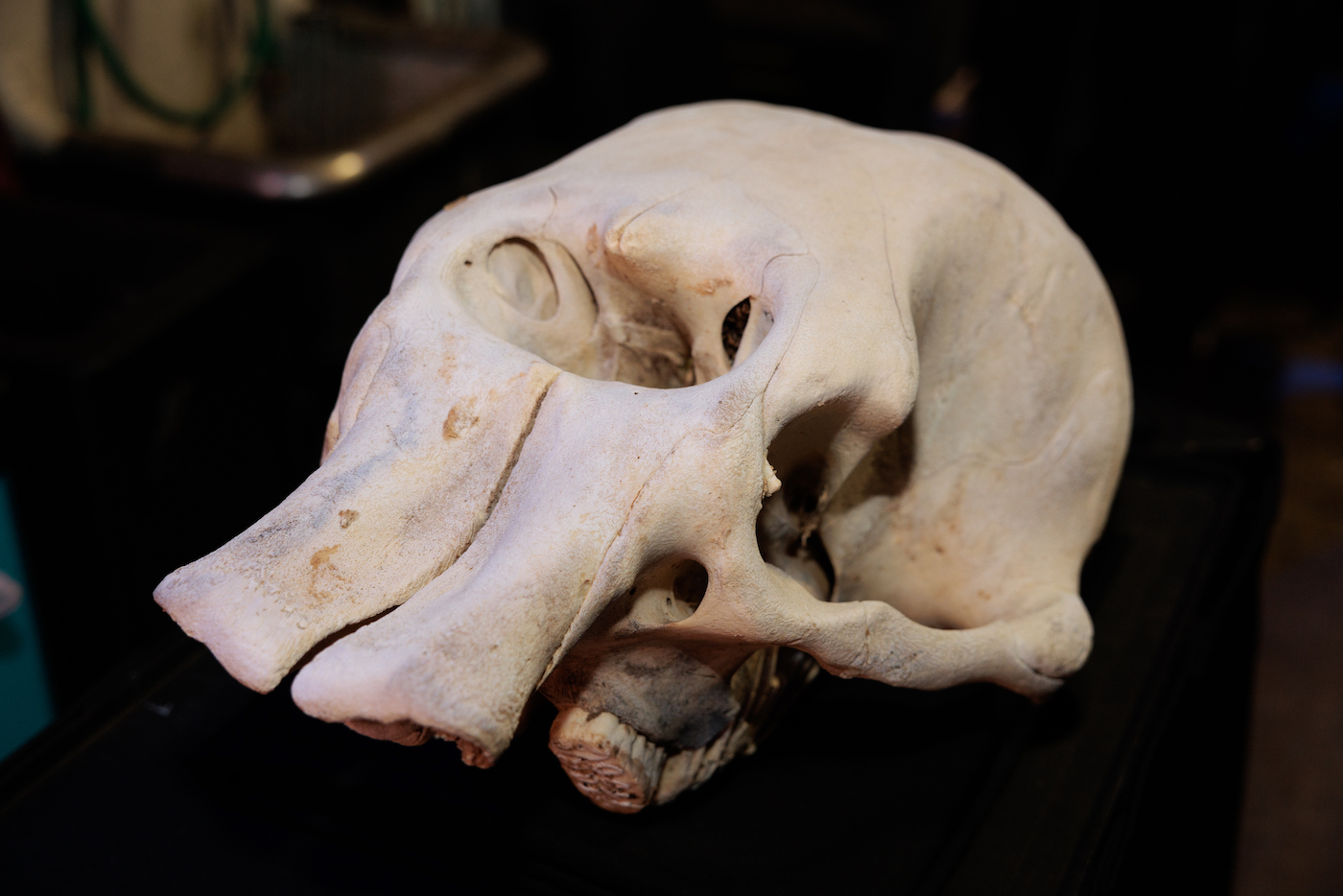
Produced by D Peterschmidt and Rasha Aridi, with event production by Diana Plasker
Selected by Charles Bergquist
Recorded at a Science Friday Live event in Washington, D.C., Dr. Kali Holder, veterinary pathologist, talks with Ira about what happens when a zoo animal meets its demise. It’s a serious conversation, but filled with humor and curiosity. The live event included a special guest—the skull of a baby elephant.
Produced by Kathleen Davis
Selected by Shoshannah Buxbaum
This conversation, led by guest host Rachel Feltman, delves into the complexity of studying psychedelics like MDMA. We hear from a participant in the trial who is also a psychotherapist—providing a thought-provoking perspective on how best to move forward with this research.
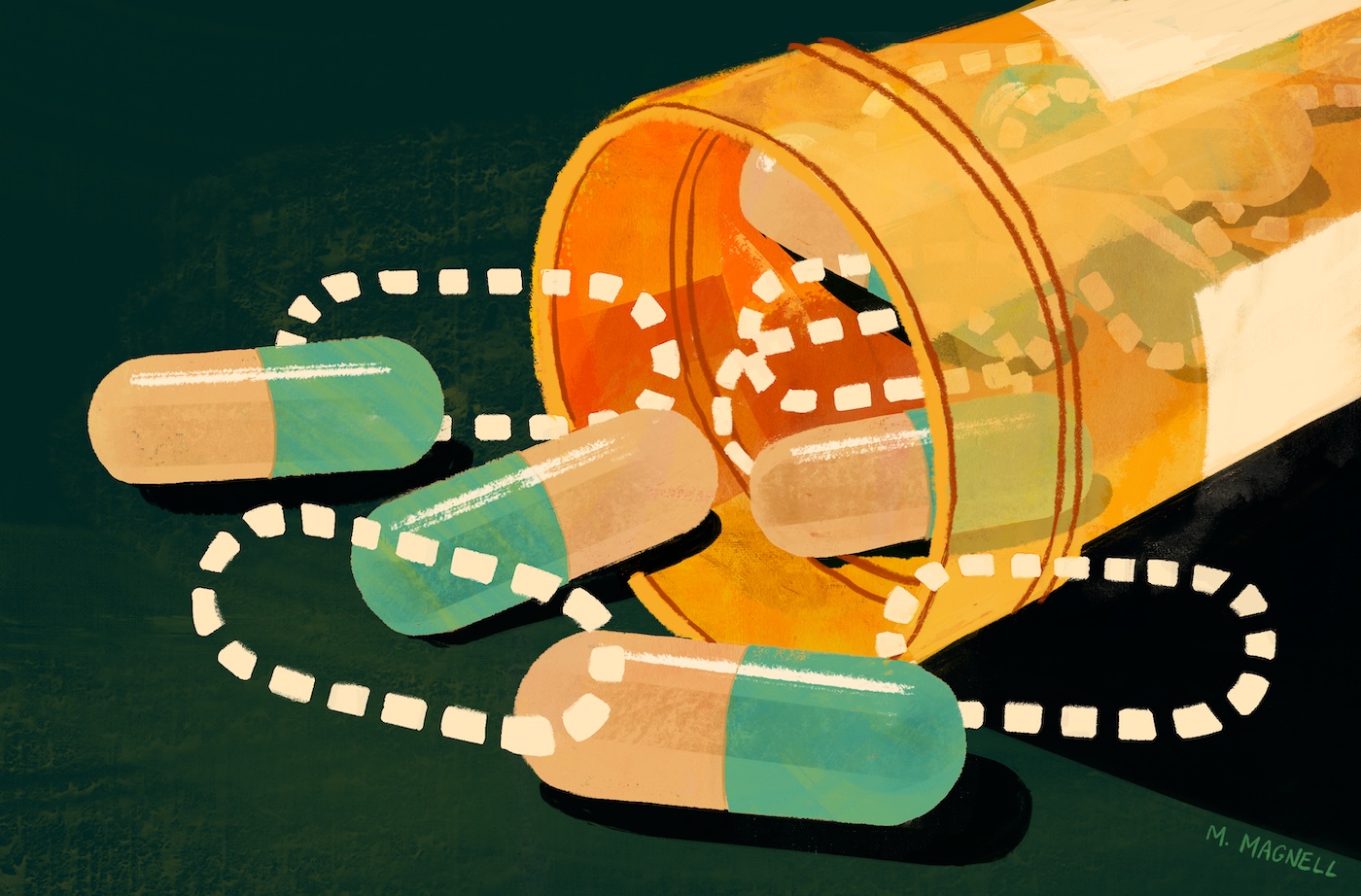
Written by Indira Khera and Eli Cahan
Selected by John Dankosky
Our science policy series could have been a pretty dry affair. But the reporters we worked on these stories brought so much curiosity, and so many great questions that they became important chronicles of life in America. I’ve chosen this story about drug shortages, written by Indira Khera and Eli Cahan, produced for the radio by Rasha Aridi, and edited for digital by Robin Kazmier, because it gets into several of the most confounding issues surrounding US healthcare right now. It’s important work, told in a crisp and thoughtful way, with real-life experiences making the storytelling come alive.

Produced by Andrea Valeria Diaz Tolivia
Selected by Kathleen Davis
SciFri’s stellar summer production fellow Andrea Valeria Diaz Tolivia dove deep into a science story that you may have seen elsewhere in the news—the $44.6 million sale of a stegosaurus fossil to a private buyer. While many outlets reported on the financial prospect of this sale, Andrea followed another path of inquiry: How do paleontologists feel about fossil specimens going to private buyers? Her booking of paleontologist Dr. Steve Brussatte led to a great conversation about the ethics of these sales, and the downstream impact on dinosaur research.
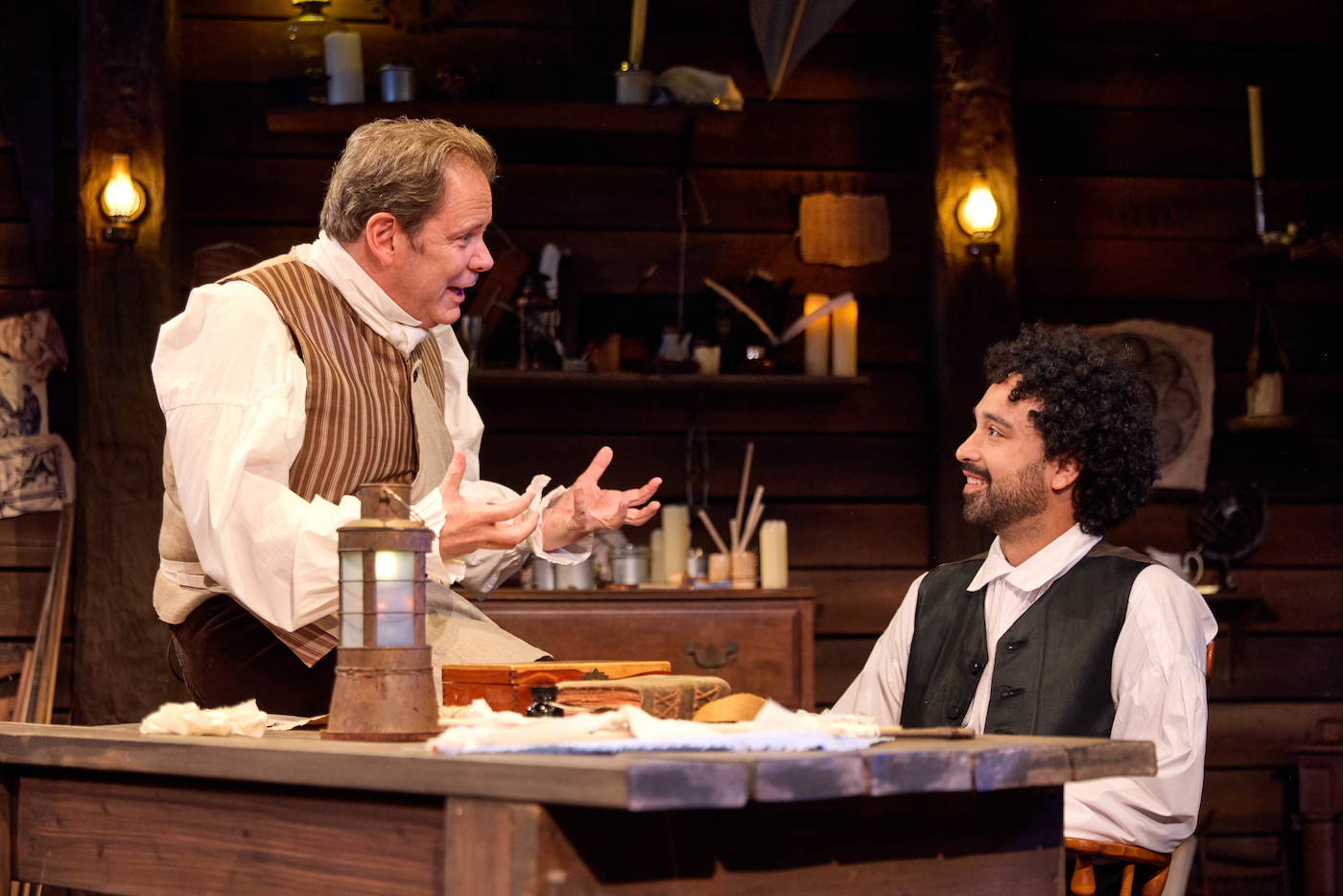
Produced by D Peterschmidt
Selected by Ira Flatow
This story highlights a wonderful play that uses a fictitious story about how Franklin’s kite experiment is a metaphor for his “experiment” in birthing a new nation and his “experiment” at being a father.
Produced by Rasha Aridi
Selected by Santiago Flórez
Sometimes it’s easy to forget how quickly society can change: What is extraordinary for one generation becomes mundane for the next. In this fascinating interview with Nicola Twilley, author of Frostbite: How Refrigeration Changed Our Food, Our Planet, and Ourselves, I learned a great deal about an object we use daily. More importantly, it reminds us of the importance of fresh food. As Twilley puts it, “The thing to remember: For beer, we want it cold. For everything else, we want it fresh.”
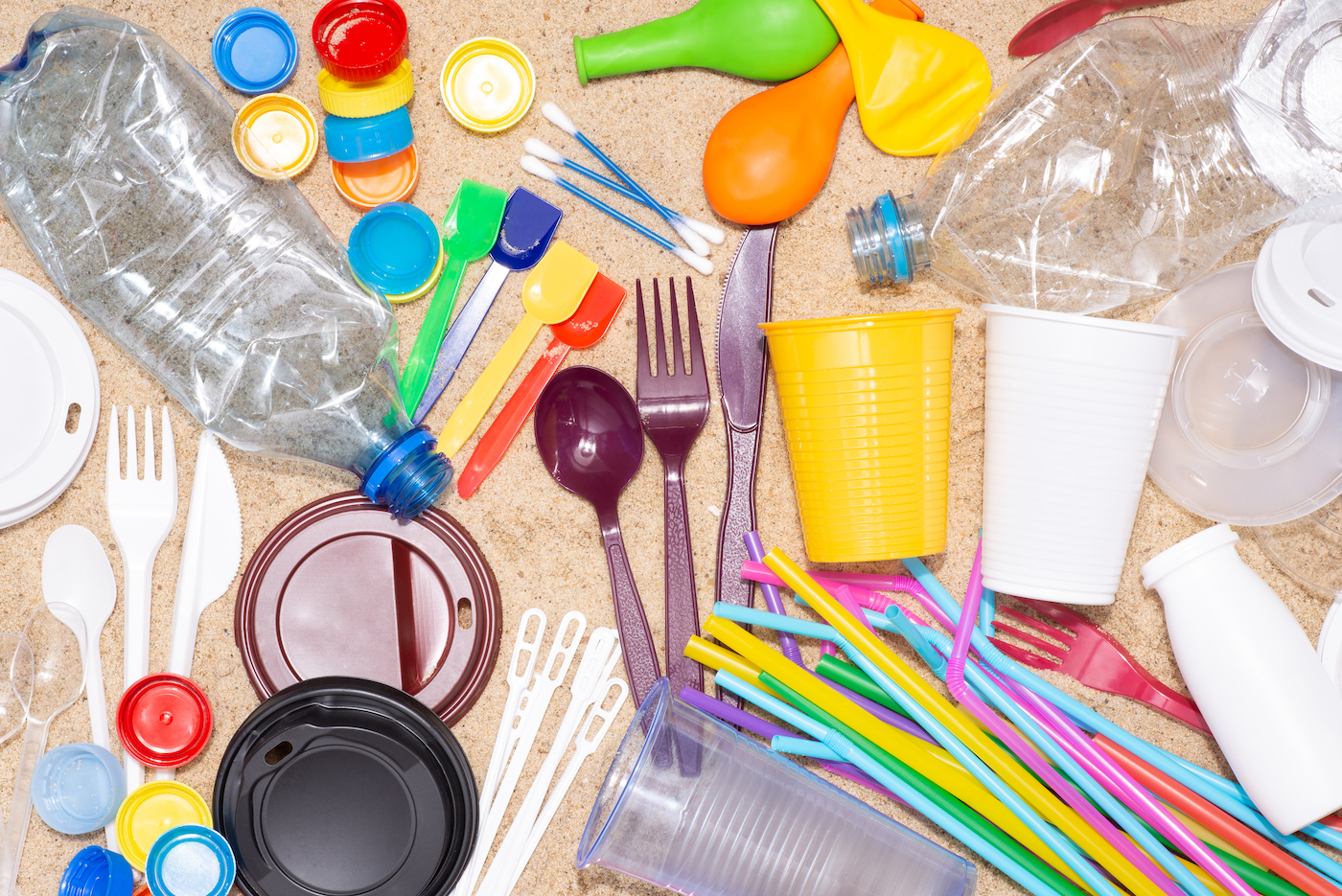
Produced by Kathleen Davis
Selected by Emma Gometz
Plastic is so deeply entangled in our lives, benefitting and plaguing us simultaneously, that it’s hard to imagine where to even begin with controlling our relationships to it. This expertly guided conversation answers a couple key contextual questions about how we got here and the realities of reducing, reusing, and recycling plastic in a way that left me feeling informed and in awe.
Produced by D Peterschmidt
Selected by George Harper
Each of us is a biological community and this story shows just how interconnected those communities really are and what that means for us as individuals and as human communities.

Written by Christina Couch
Selected by Jaci Hirschfeld
Honestly, who doesn’t love dogs—especially corgis! This story captured our audience’s attention and brought so much joy that it quickly evolved from a digital article into a full audio story. Robin and the team worked incredibly hard to share the unique, charming efforts of Bronco and his fellow sniffing dogs, and it’s been a hit with audiences who found wonder and delight in this creative approach to tackling an environmental issue. Yay, Bronco!

Written by Susan Scott Peterson, audio produced by John Dankosky
Selected by Robin Kazmier
I love the seamless way this story traces the history of city climate plans and the reasons they’ve succeeded, evolved, and fallen short as climate realities change. Reporter Susan Scott Peterson makes a complex policy story a very human one by weaving larger trends with the personal stories of individual “chief sustainability officers” who have been tasked with sprawling sets of goals and shifting priorities. It was a joy to work on the digital version of this story, which accompanied the audio story produced by John Dankosky, and was beautifully illustrated by Gerard D’Albon.
Produced by Rasha Aridi
Selected by Diana Plasker
Sometimes the best science questions are ones that come to us while our minds are elsewhere—this time, a brownie lover in the midwest wondered, “How large would Colorado be if I used a giant rolling pin and rolled it flat to one-inch thick?” Finding the answer required the expertise of professional geologists, and I love this story about how they came to answer a seemingly silly question the same way we address serious scientific topics. Sounds like an incredibly fun week at work to me!

Written and developed by Sandy Roberts
Selected by Annie Nero
SciFri’s Education Manager Sandy Roberts produced such a creative and inventive way to inspire learning in middle schoolers with “Hack Your Brain.” I wound up learning so much about the way my own brain processes information and handles anxiety, and got great tips on managing stress by reading through the activities! All resources are in Spanish as well as English, and learners can check in on the activities at any time and learn at their own pace–something that I think is so important when inspiring a desire for knowledge in young learners.
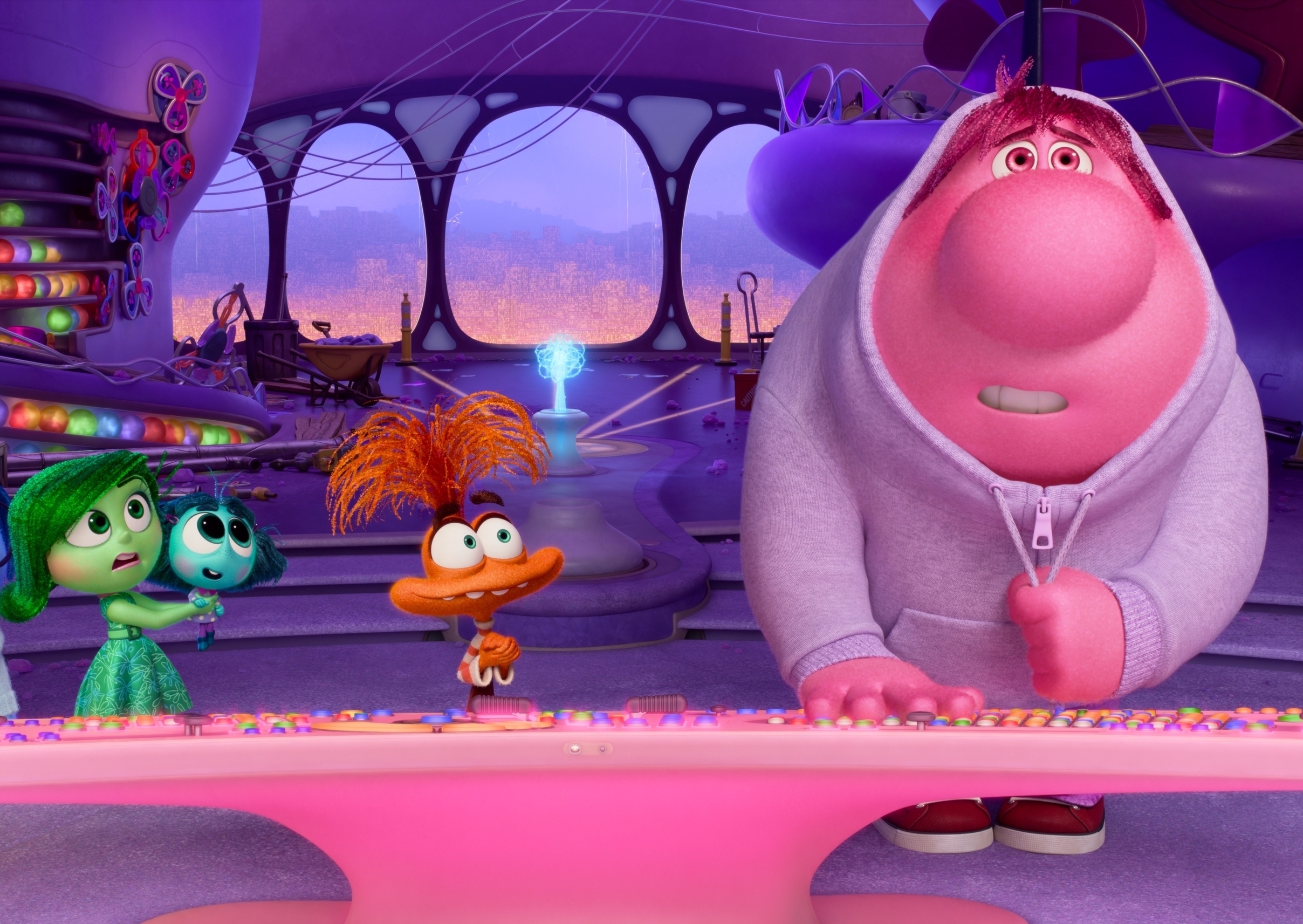
Produced by Rasha Aridi
Selected by D Peterschmidt
I love hearing from the science advisors on films about how their research is translated to the screen. And at first glance, “Inside Out 2” might not seem like a movie that needs a science advisor, but I loved hearing from the movie’s consulting psychologist, who works with teenagers, about the neurological science of puberty and how the team at Pixar wanted to get that right. So that whole thing about Riley’s brain being renovated to accommodate new emotions? That’s a pretty decent scientific metaphor to use in an animated movie about going through puberty.

Series produced by Santiago Flórez and Robin Kazmier
Selected by Sandy Roberts
This newsletter series was such an exciting and interesting exploration of the roots of astronomy in a new-to-me context. It combines history and science in engaging ways that highlight the cultural elements in meaningful ways. “Astronomy: Made in Latin America” also represents an important partnership with El País to reach new Latine audiences and share the story of science with new communities. I learned so much from this series and it made me think.
Produced by Rasha Aridi and D Peterschmidt
Selected by Jason Rosenberg
Science Friday does more than showcase fun facts about the science world. We also work hard to bring context to the issues that specific communities are facing, and report on how science informs that context. One area where I think we really shine is our coverage of trans healthcare. This important segment by SciFri producers Rasha Aridi and D Peterschmidt gives a lot of nuance and illustrates very clearly where the discourse and the science diverge in the conversation, illuminating core issues like bodily autonomy, and the very real consequences that trans people are facing as a result of their existence being politicized.
Produced by D Peterschmidt with event production by Diana Plasker
Selected by Alison Scholly
Recorded at a Science Friday Live show at Iowa State University in Ames, Iowa, these stories of how Iowa farmers are adapting to climate change resonated with me as a Midwesterner with many generations of farmers in my lineage. I especially liked the interview with Todd Western, a sixth generation farmer of color.
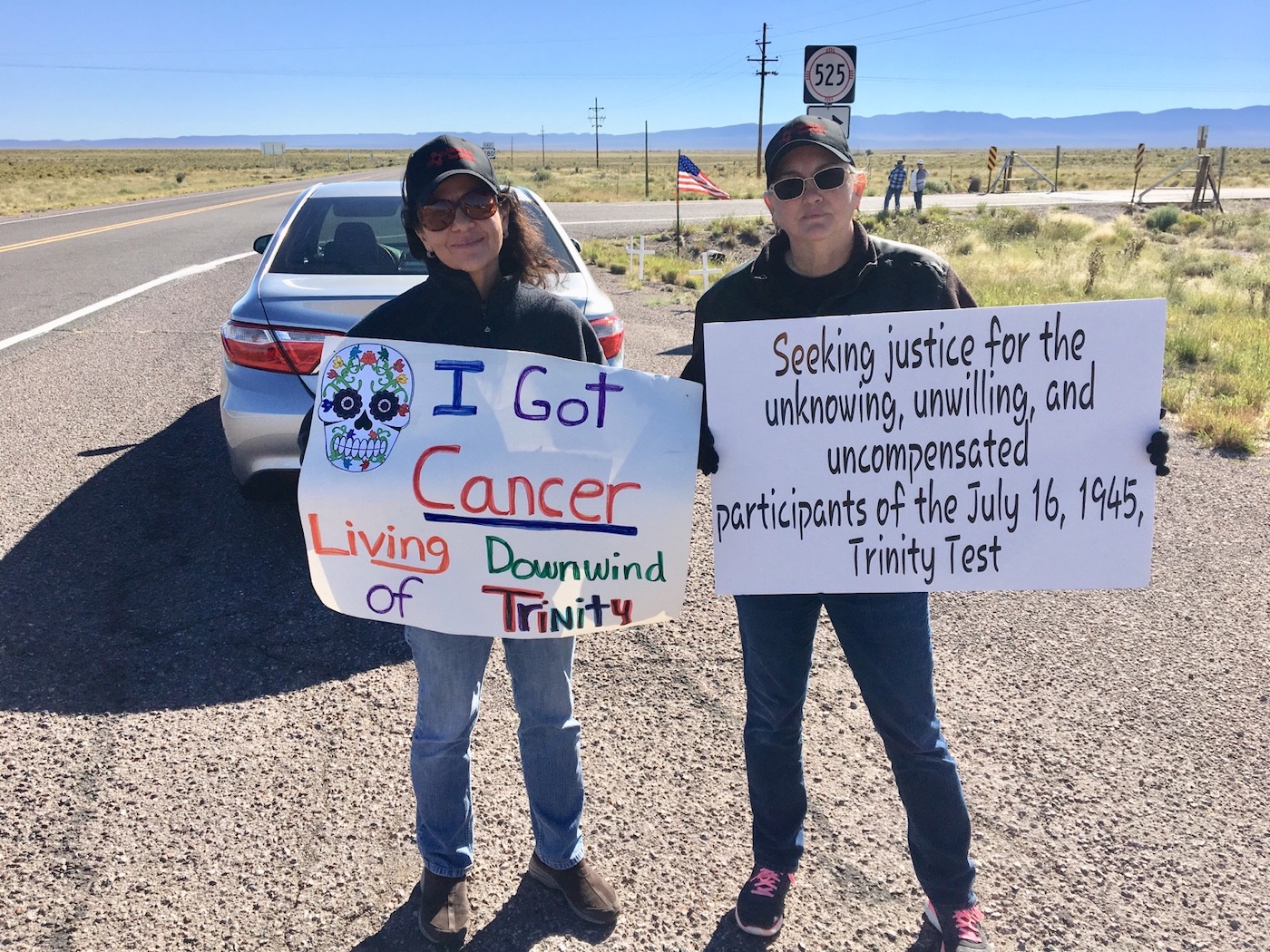
Produced by Rasha Aridi
Selected by Jordan Smoczyk
This story is incredibly moving, tragic, educational, and inspiring. It’s the best of audio storytelling, and the digital article that includes photos of and from the people most affected really hit home. Tina Cordova and other Downwinders tell a story the public should hear. For many people, “Oppenheimer” was just a blockbuster movie, but for people dealing with radiation from the Trinity test, it’s daily life and an ongoing generational struggle. I always appreciate when Science Friday helps to amplify science stories and voices that may have been covered up or ignored.
Invest in quality science journalism by making a donation to Science Friday.
Emma Lee Gometz is Science Friday’s Digital Producer of Engagement. She’s a writer and illustrator who loves drawing primates and tending to her coping mechanisms like G-d to the garden of Eden.